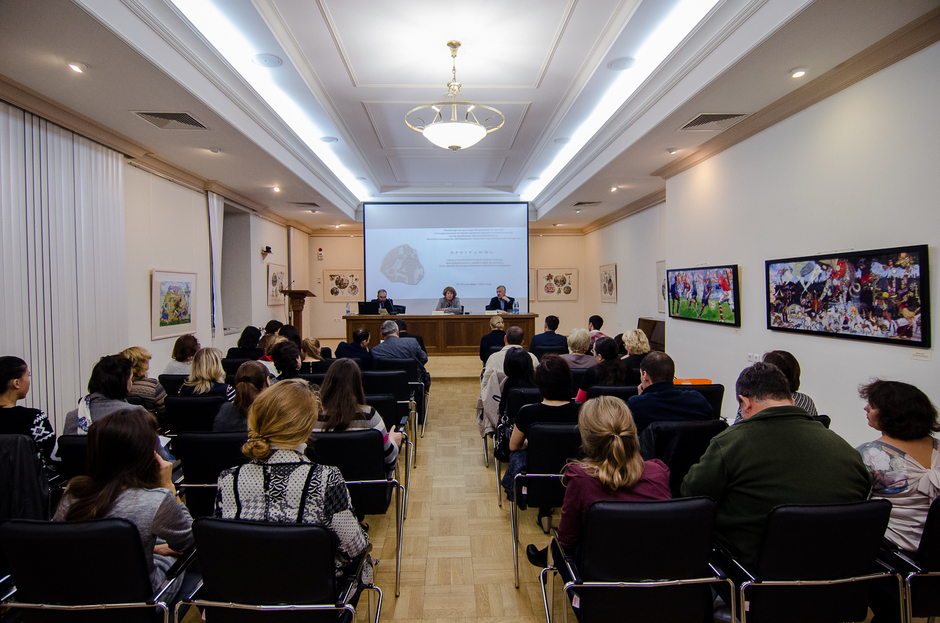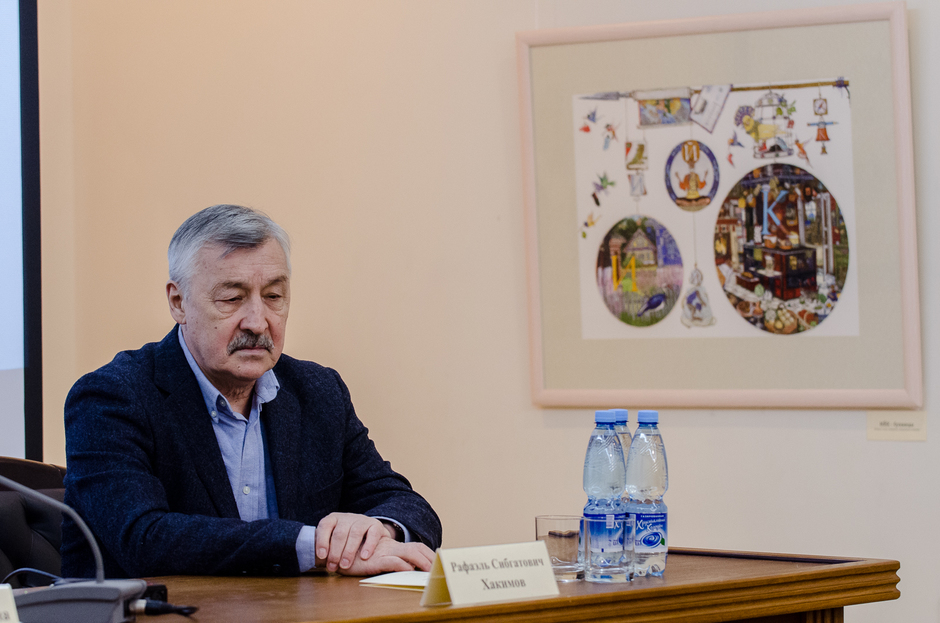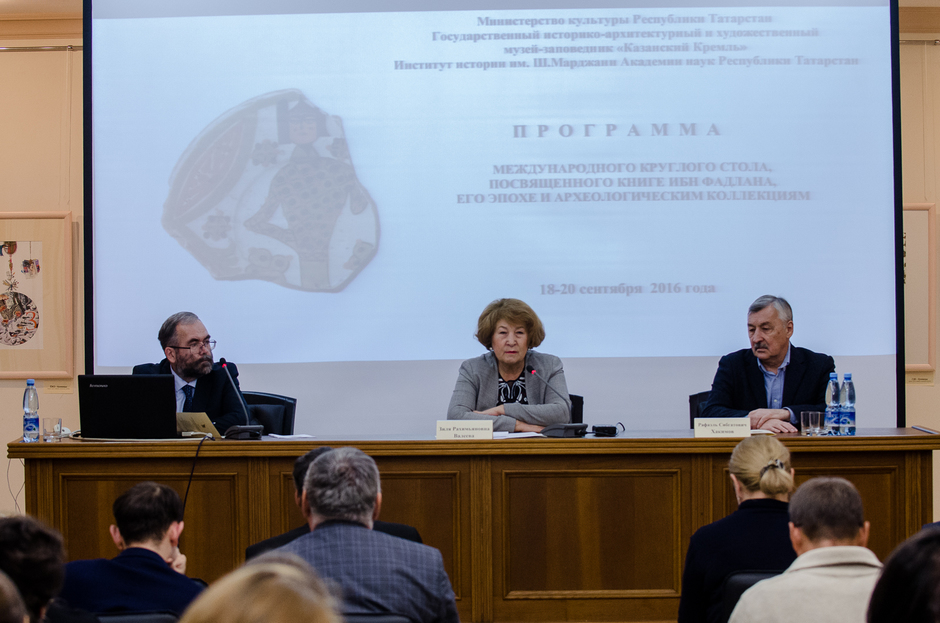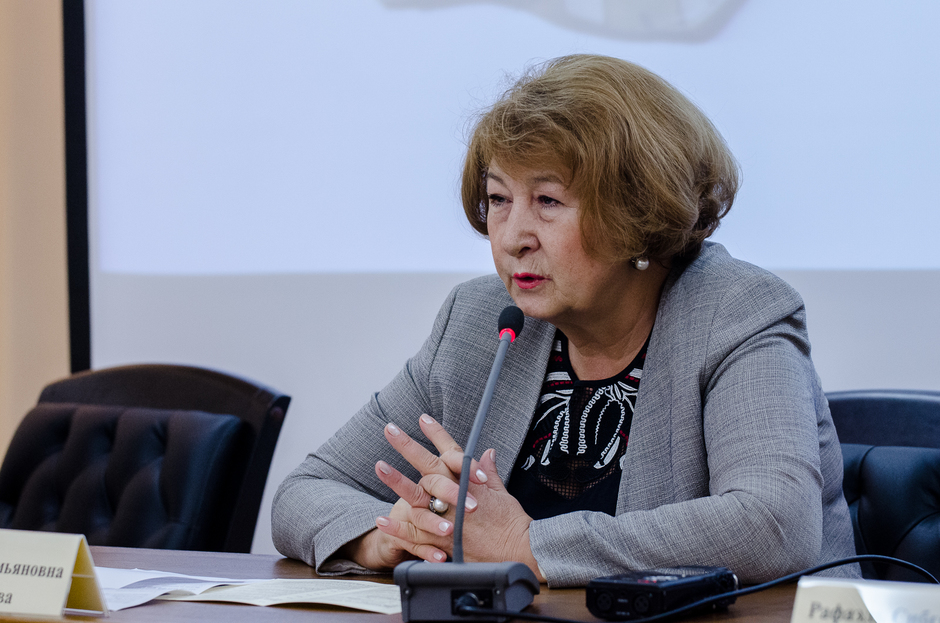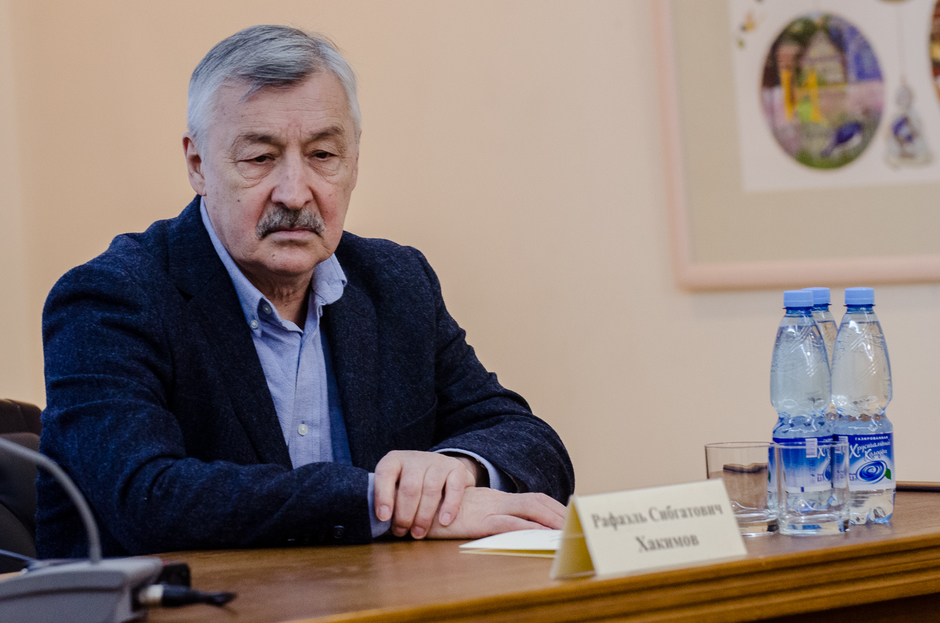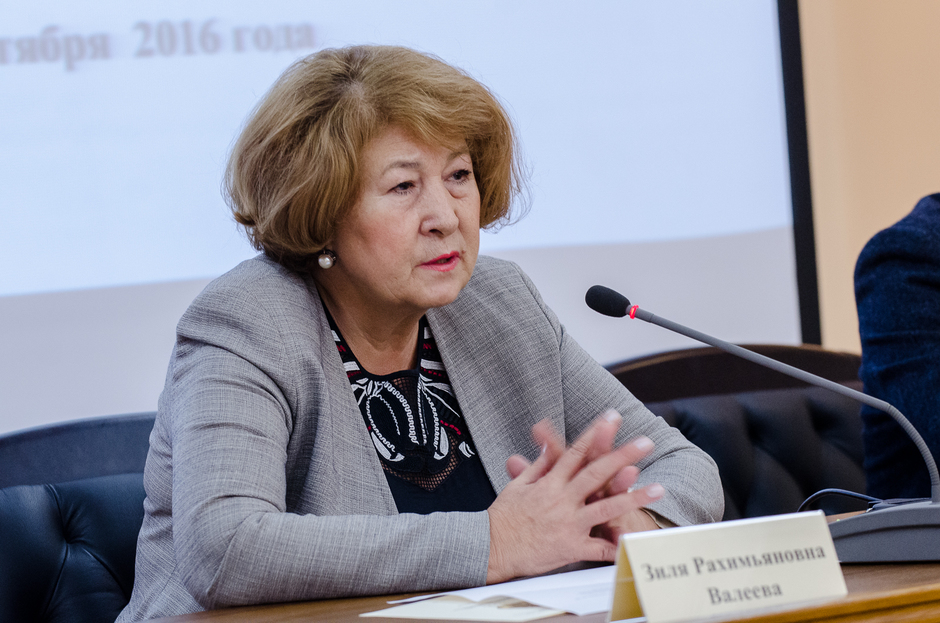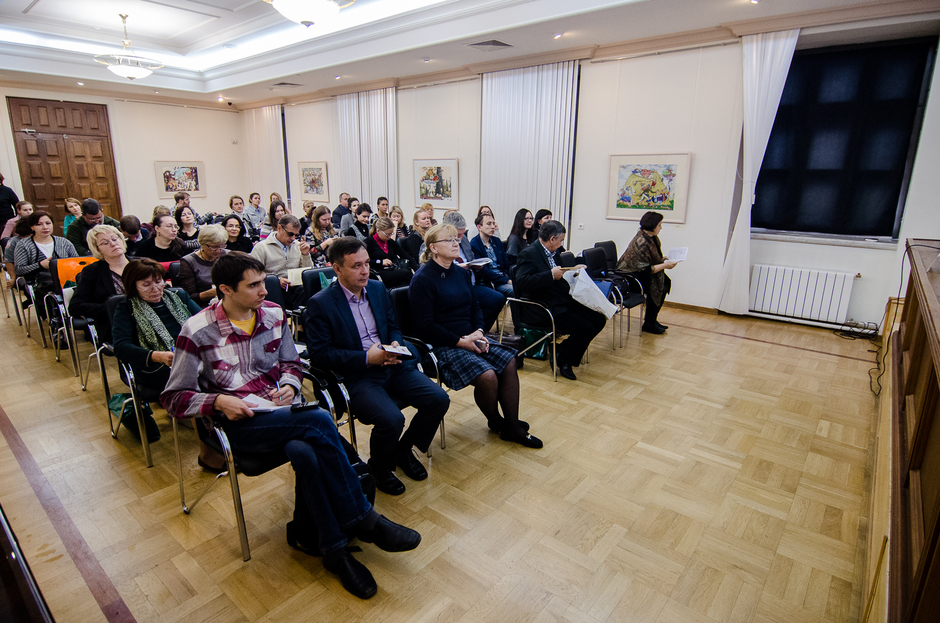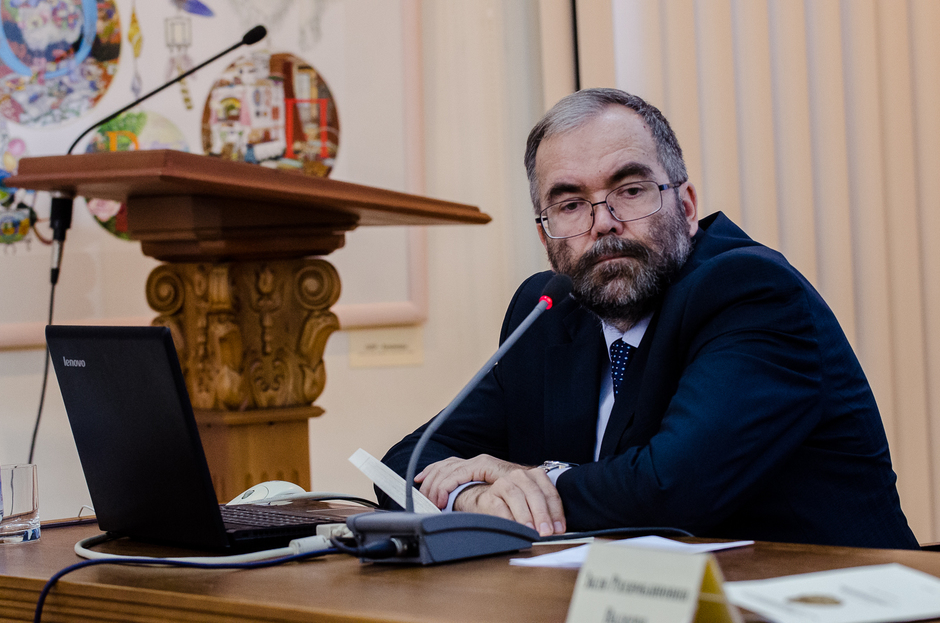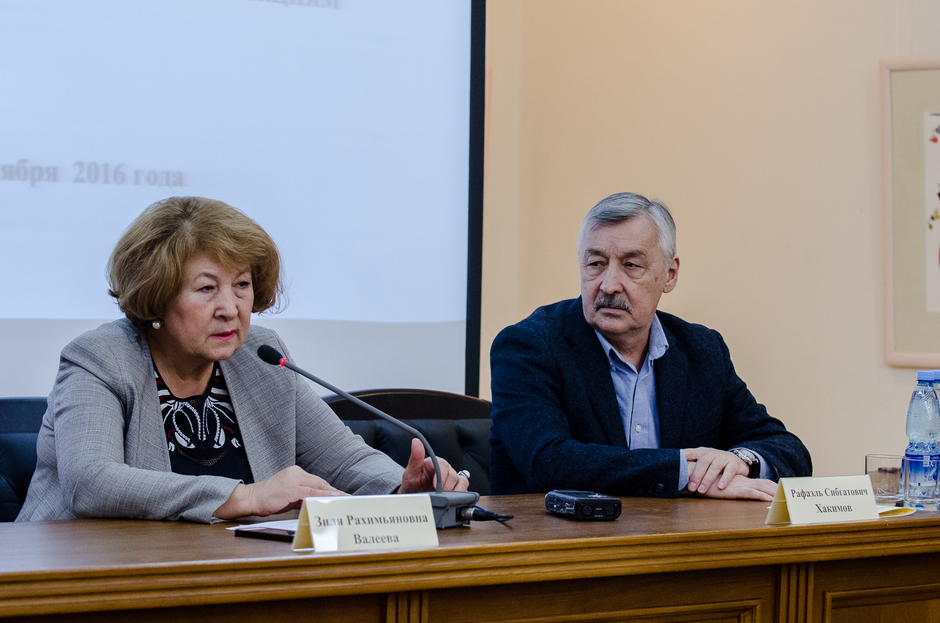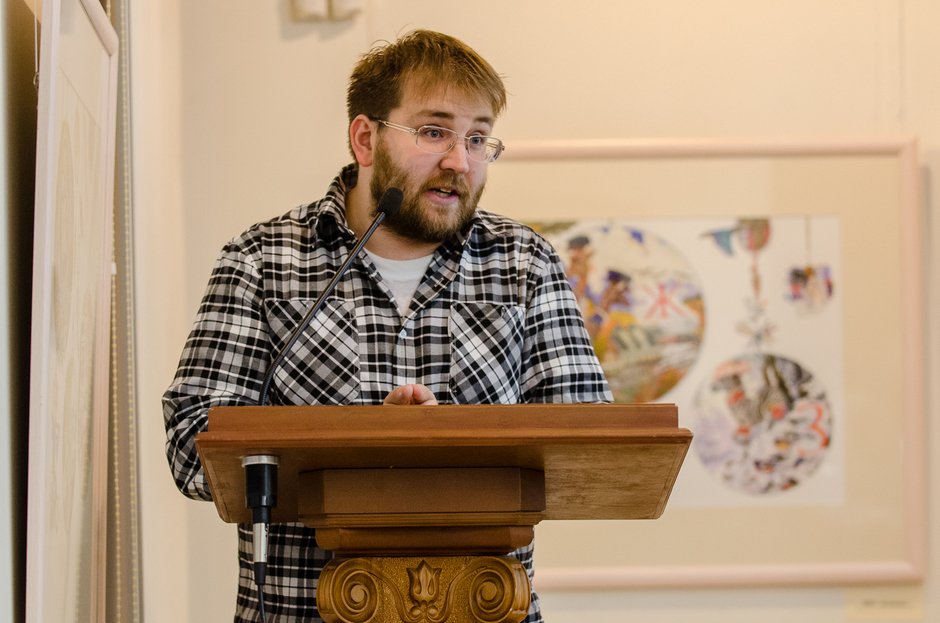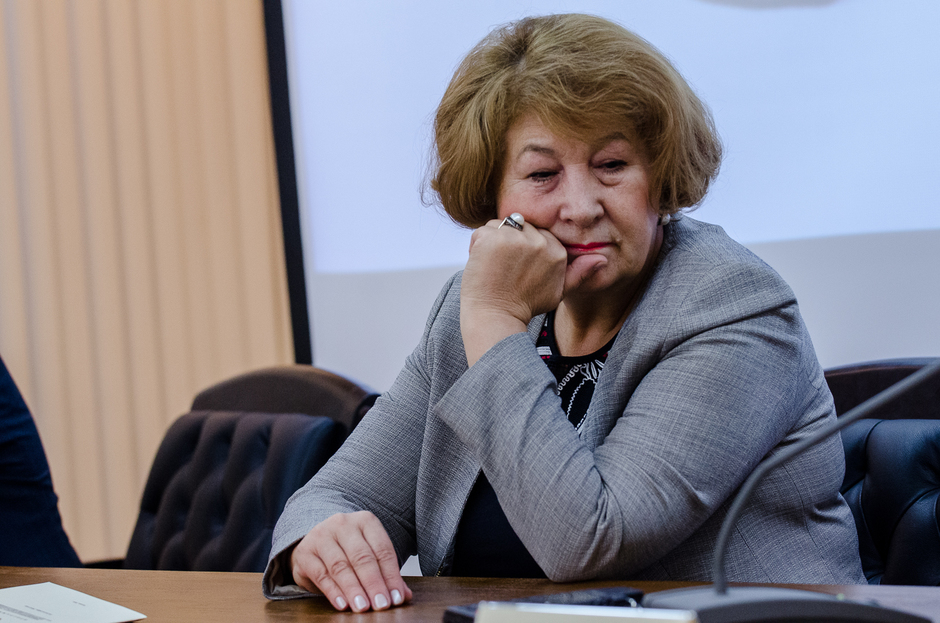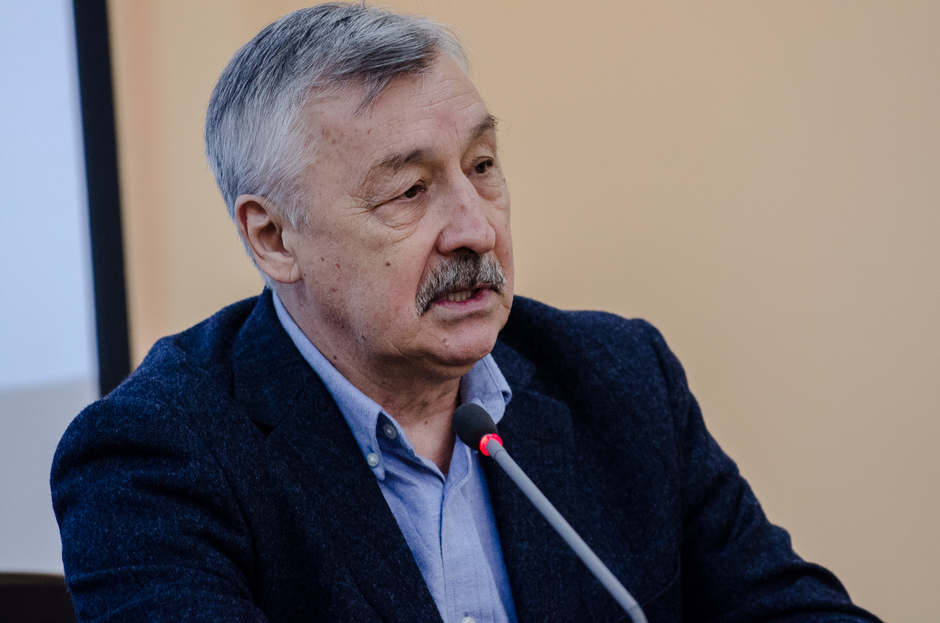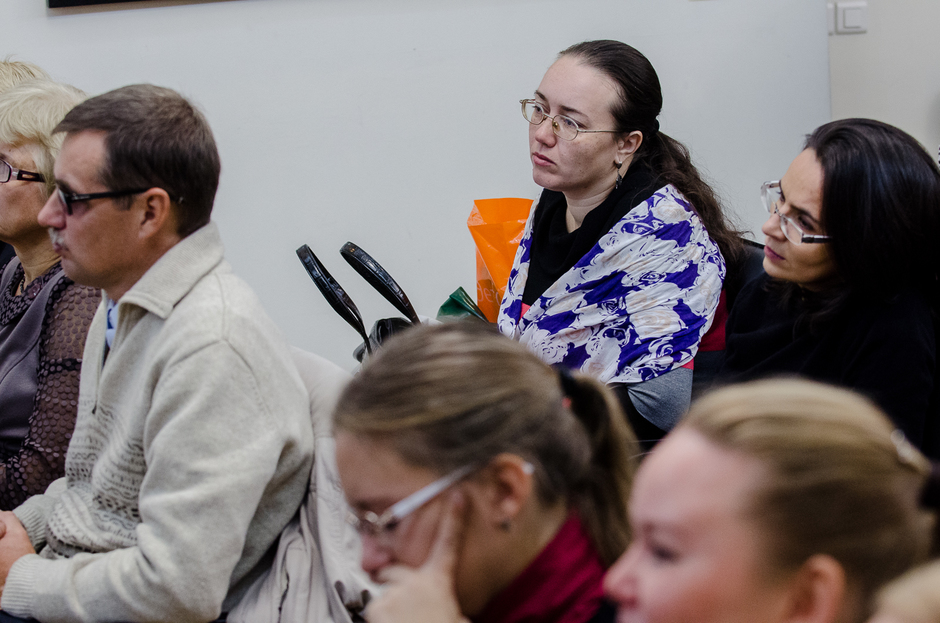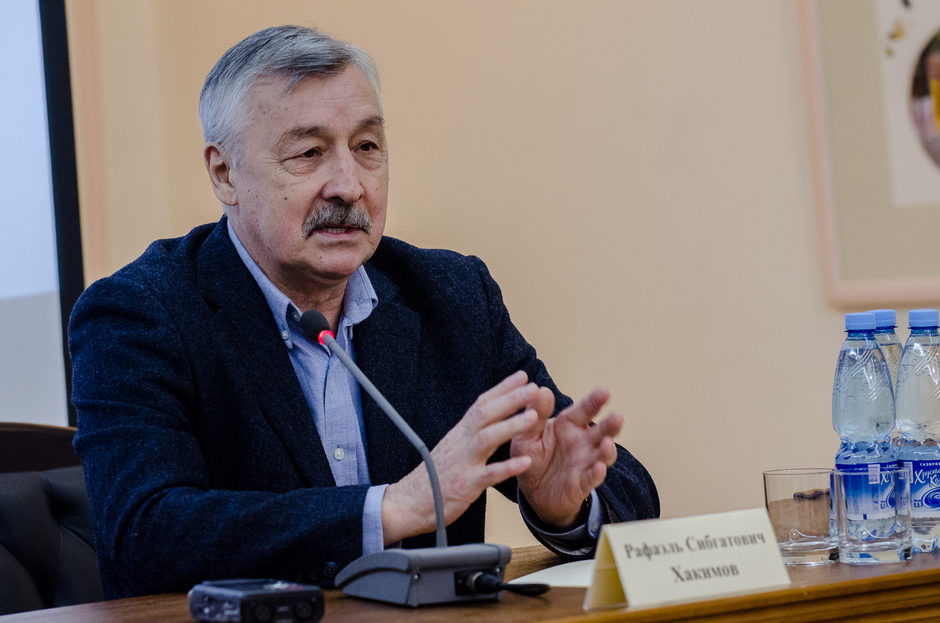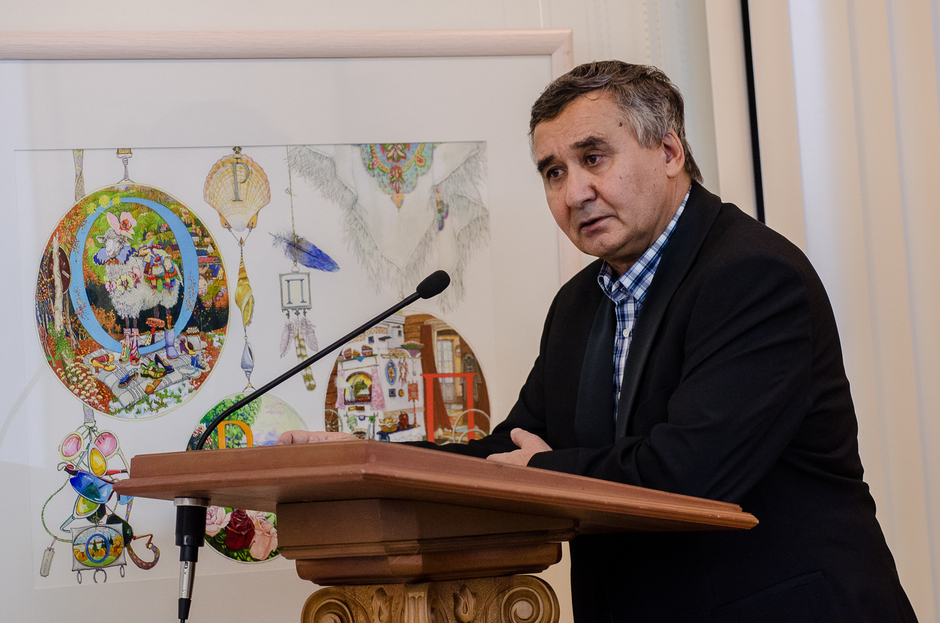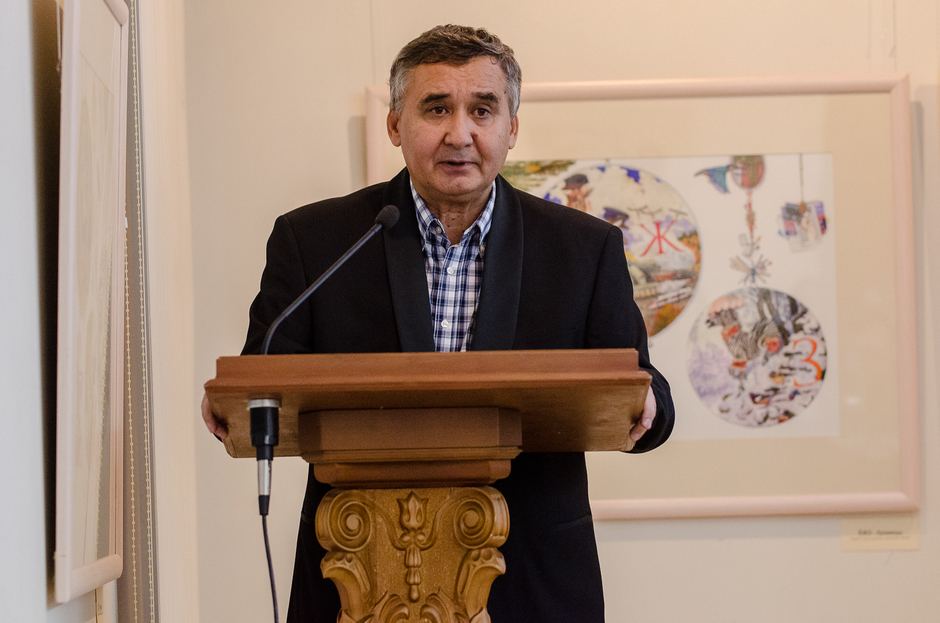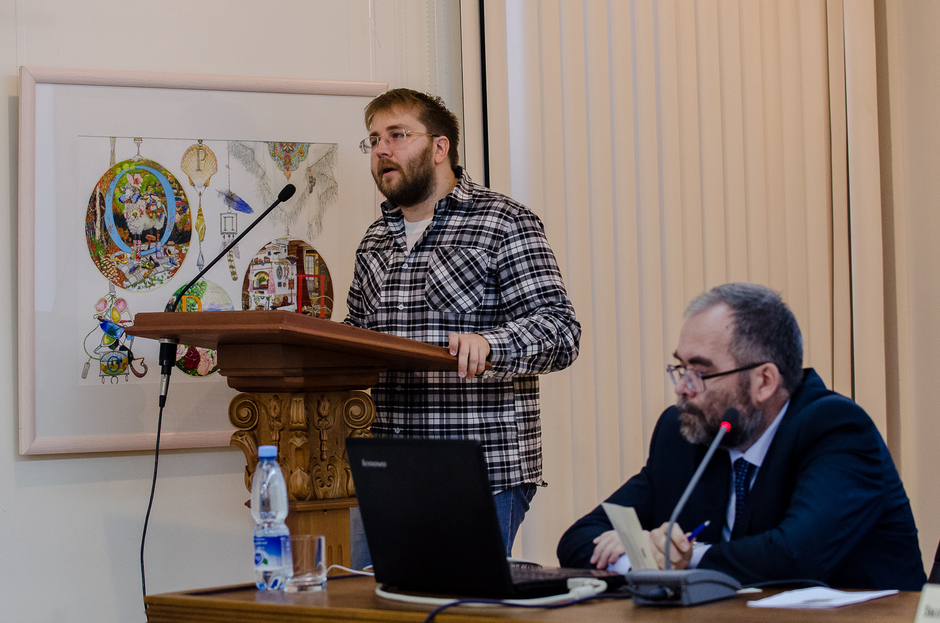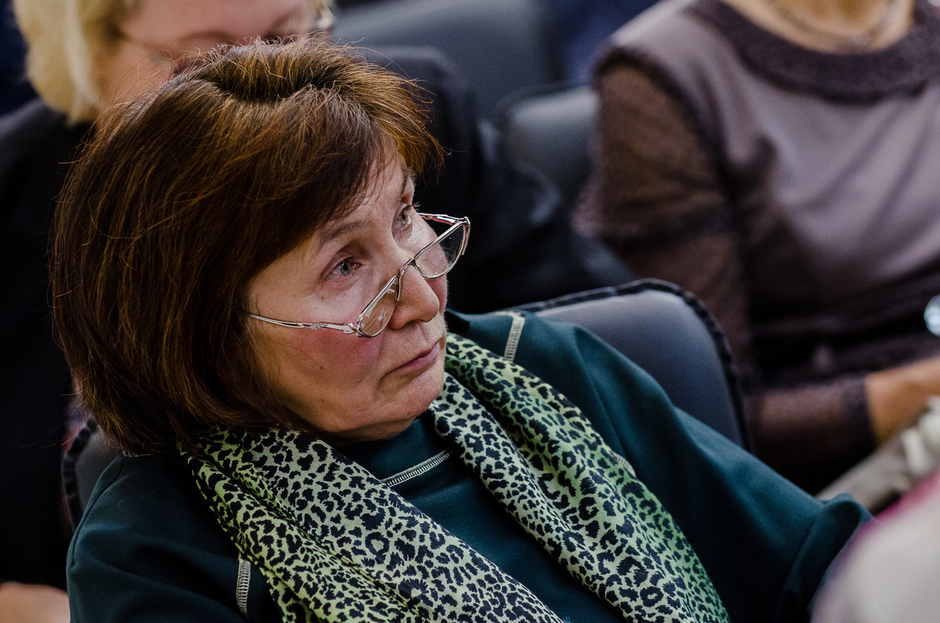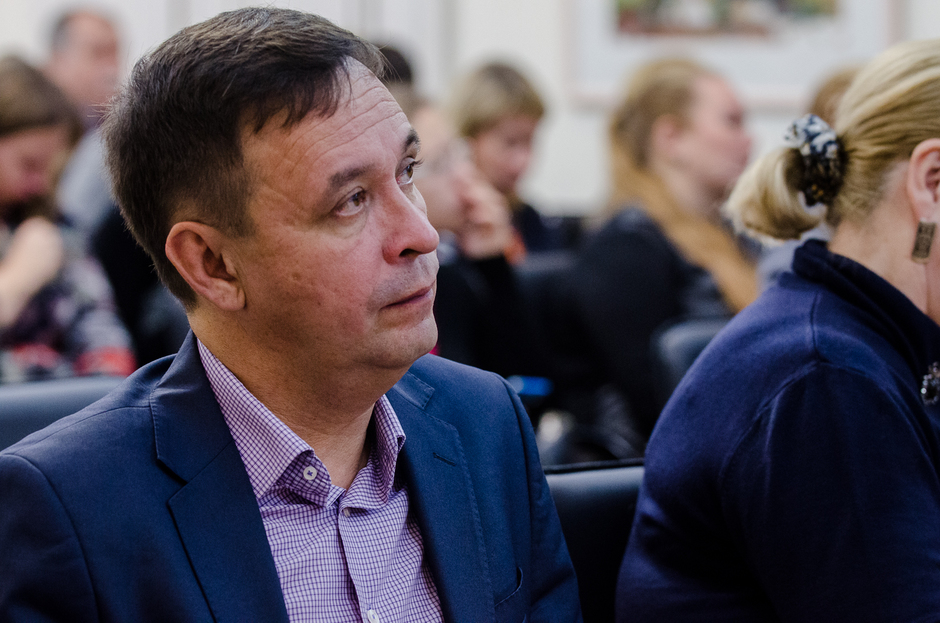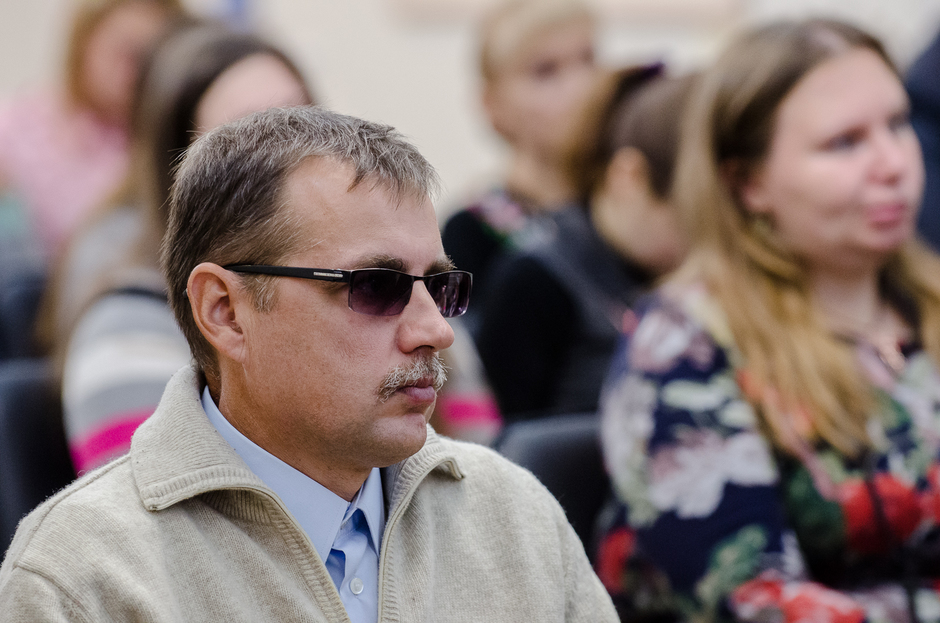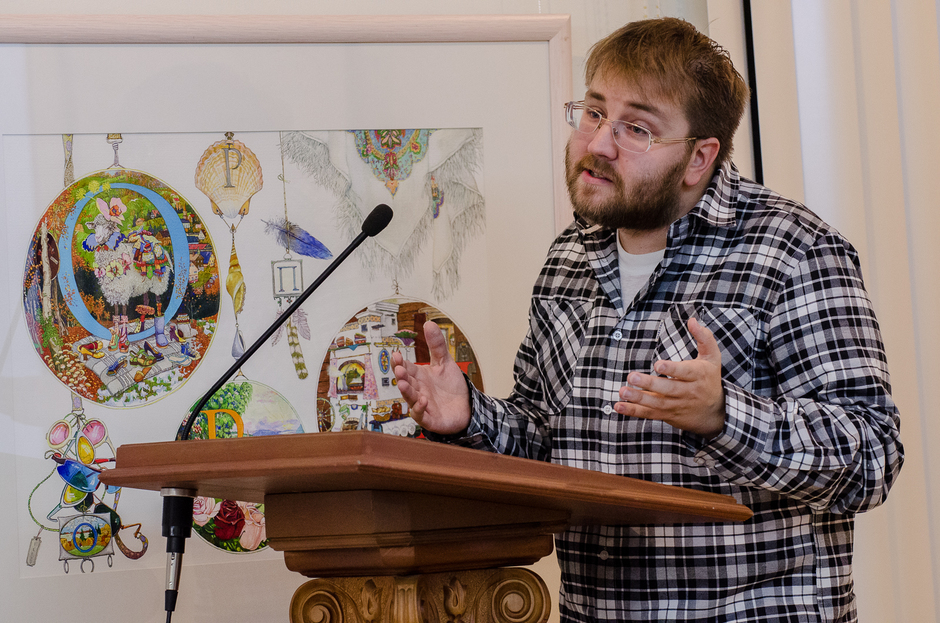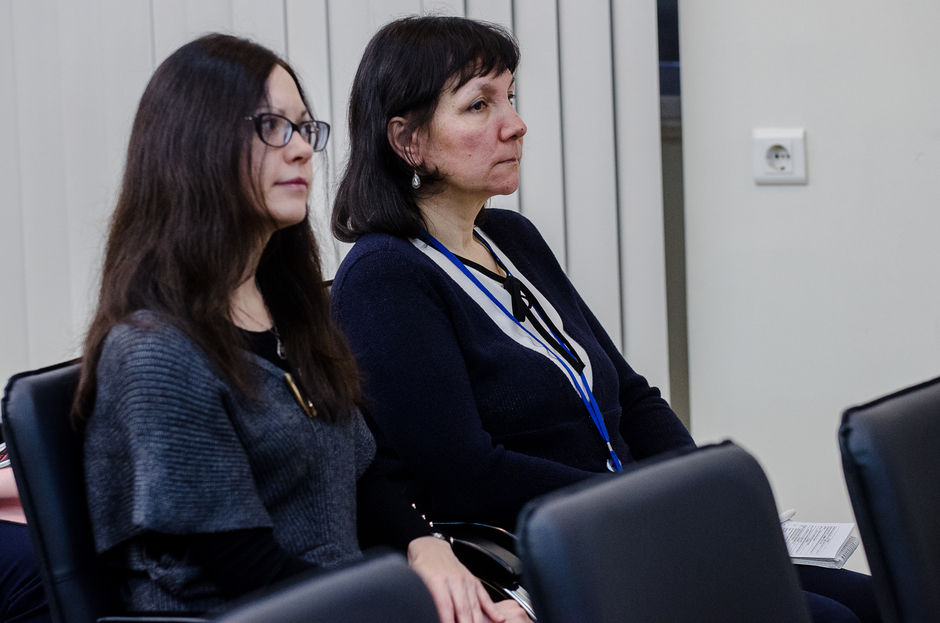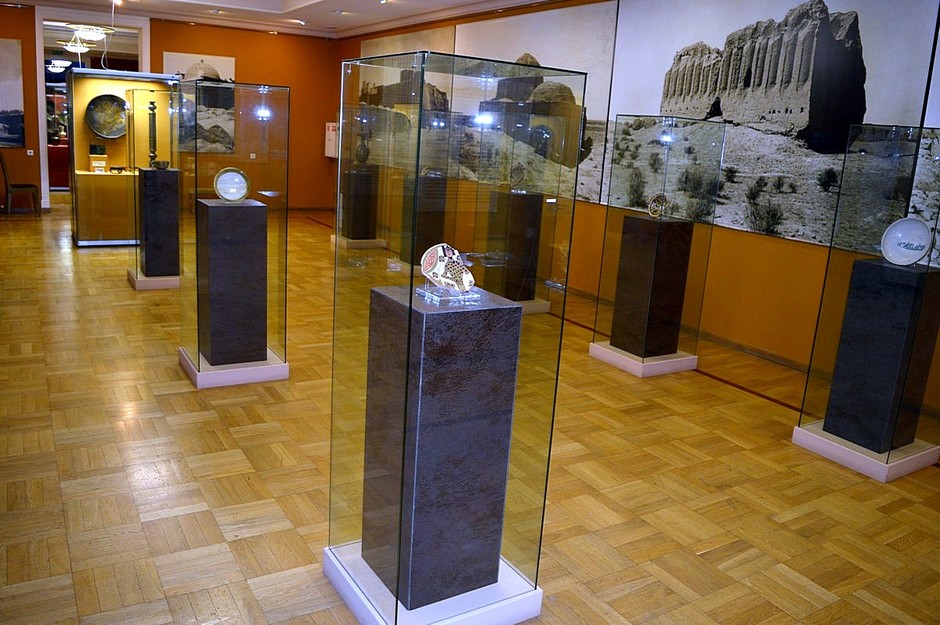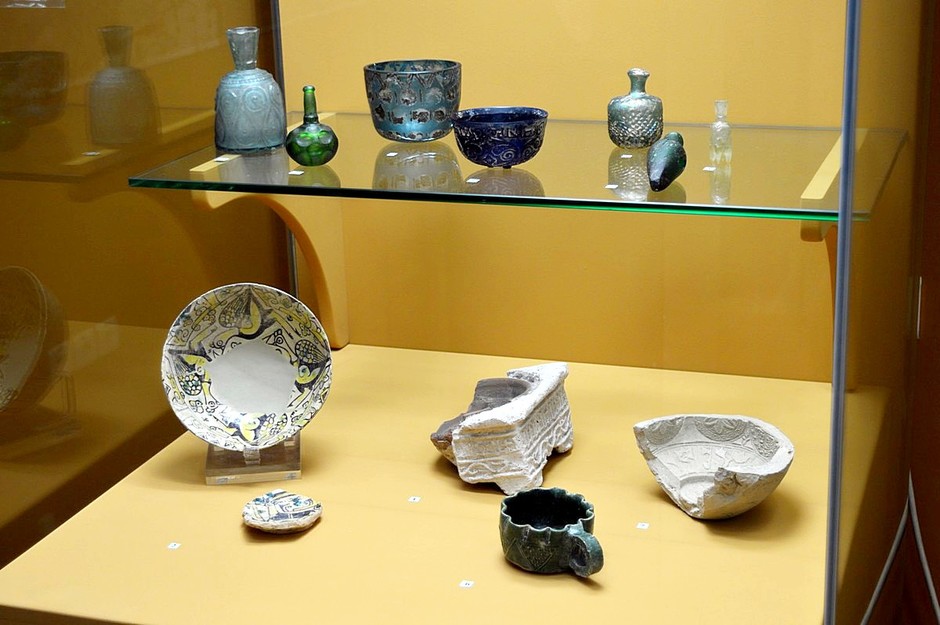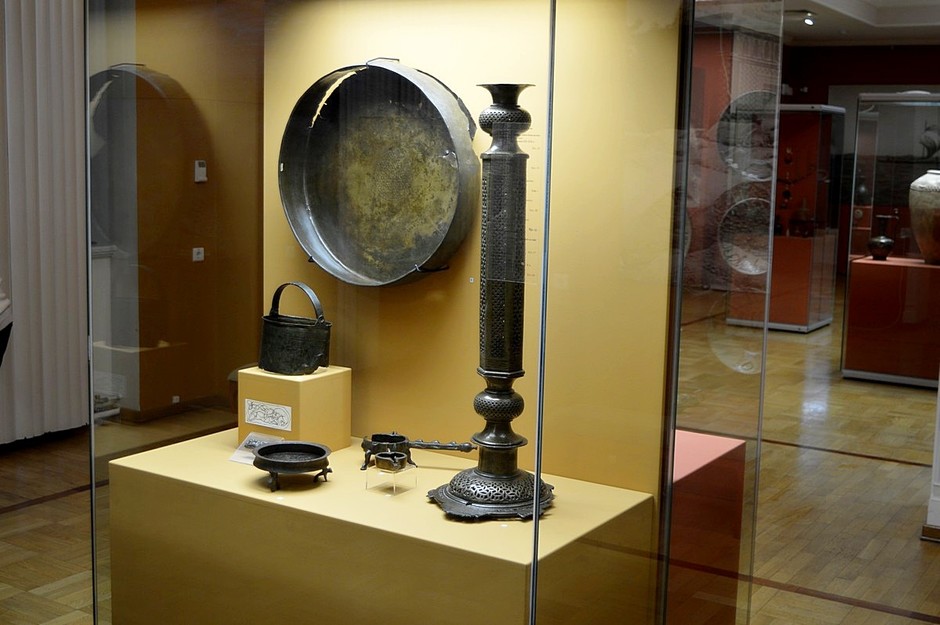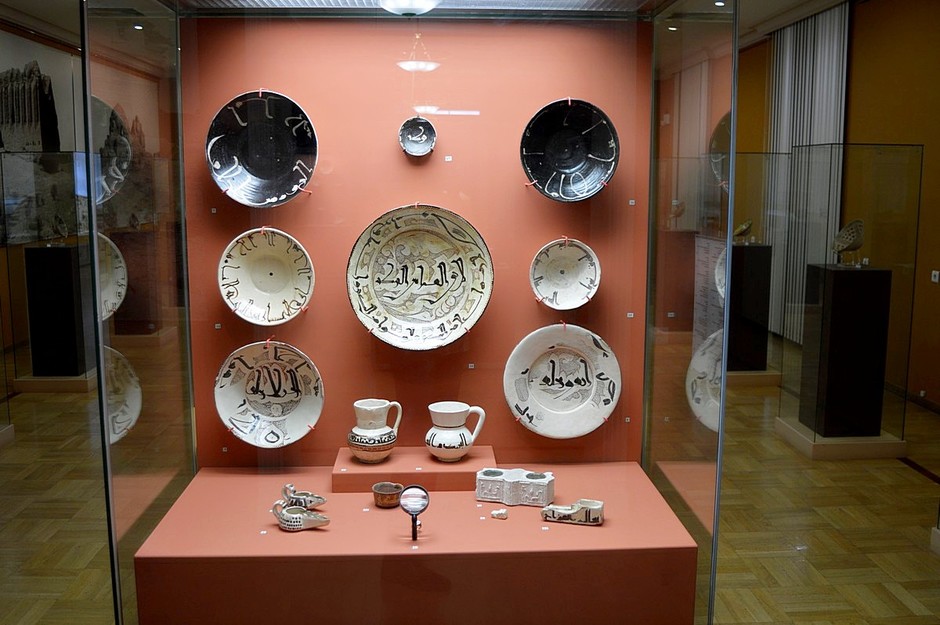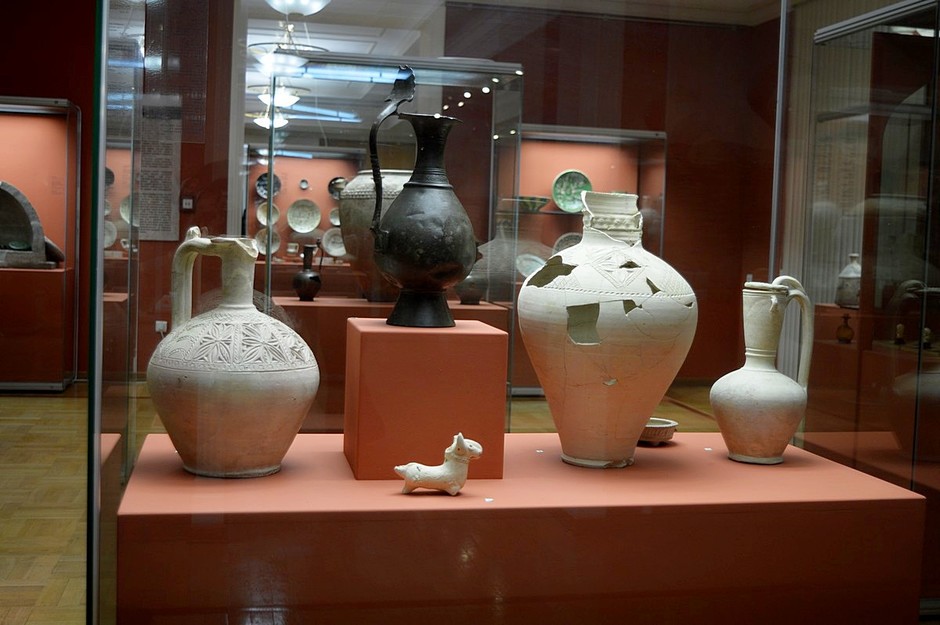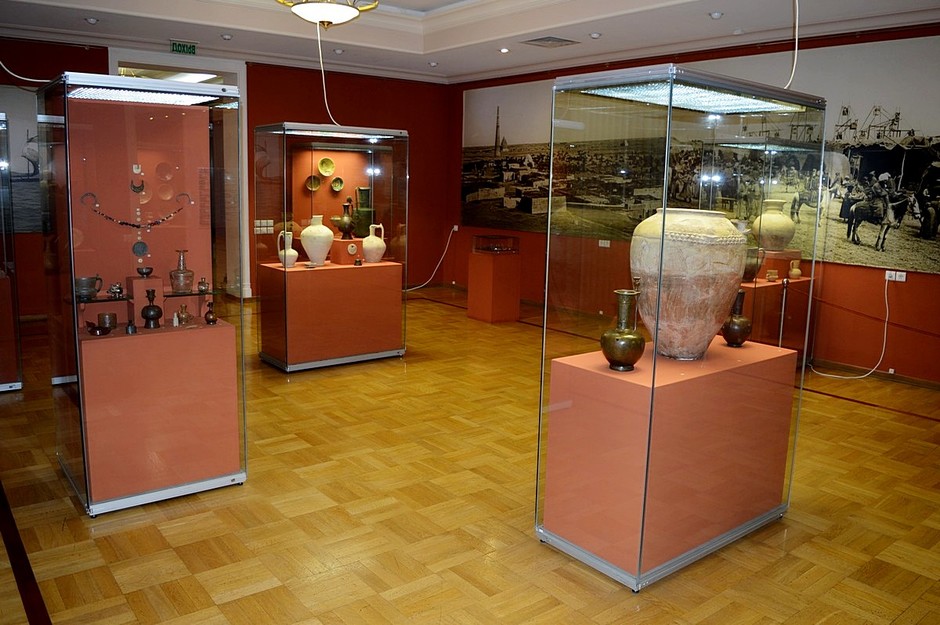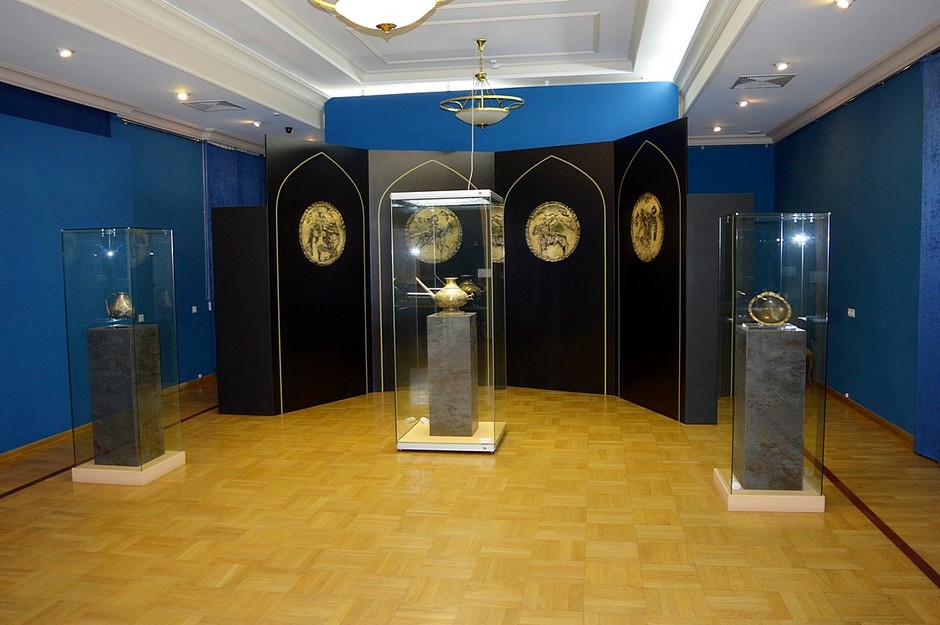How Ibn Fadlan helped Bolgar to become a UNESCO World Heritage site
Every year Tatarstan celebrates the anniversary of the adoption of Islam. Bolgar is in the centre of these events. Although this landmark took place in 922, Allah's religion appeared on this territory a long time ago. But it became a state religion after Ibn Fadlan's visit. Information about these events was written down in the chronicles of the Arab traveller. A scientific conference that was held on 20 September in Kazan was dedicated to him and his notes called Risala. A correspondent of Realnoe Vremya attended the forum.
Exhibition is over, exhibits go back to museum
A round-table talk dedicated to Ibn Fadlan's book, his era and archaeological collections took place in Hermitage-Kazan on 20 September. The forum closed the exhibition Ibn Fadlan's trip: Volga journey from Baghdad to Bolgar.
Let me say a couple of words about the exhibition. It gathered over 20,000 exhibits, arts and crafts, jewellery, ceramic and glass items. The organisers wanted to show people the world with the eye of the Arab ambassador, acquaint with not only Volga Bolgaria but also other states like the Khazar Kaganate, Rus and tell about the culture of nomads.
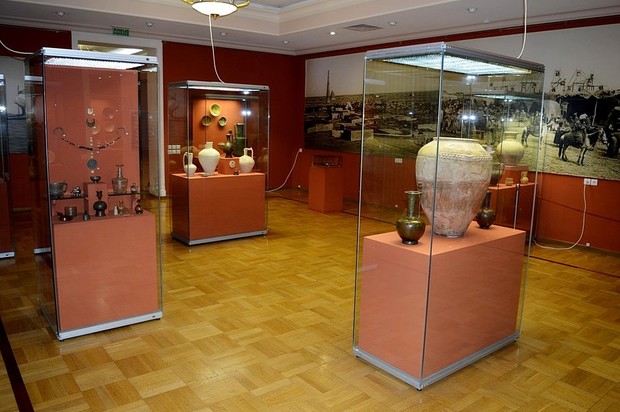
Citizens of Kazan and guests of the city managed to see many exhibits for the first time here. The director of The Kazan Kremlin museum-reserve Zilya Valeyeva told the correspondent of Realnoe Vremya that the exhibits were chosen especially for a visitor from Kazan and were delivered from different collections kept in many Russian cities: State Hermitage (Saint Petersburg), collections of Mardjani Fund (Moscow), State Historical Museum, State Museum of Oriental Art, museums of Astrakhan, Volgograd, Samara.
'Treasures found in Bolgar have been shown here for the first time. It is a big question when they are demonstrated next time. The project was truly grandiose, informative and interesting,' she emphasised.
Over 49,000 people visited the exhibition. 25,000 of them were schoolchildren and students. The exhibition was virtual too, so more people got acquainted with the exhibits. According to Zilya Valeyeva, not only Russia but also Turkey, Iran, Iraq, Italy and other countries expressed great interest.
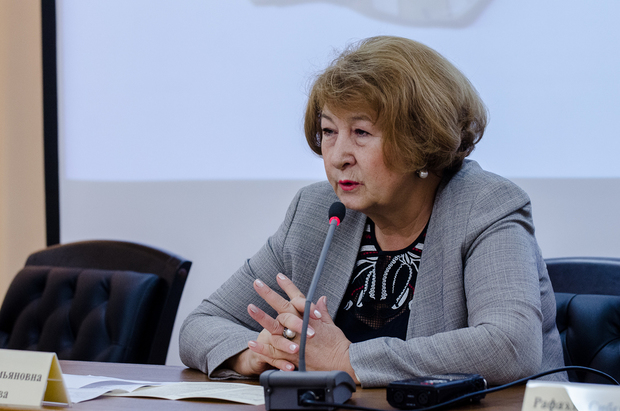
Ibn Fadlan: who is he?
'These scientific conferences, round-table talks, academic conferences became a good tradition that accompanies exhibitions,' told the director of Sh. Mardjani Institute of History Rafael Khakimov. 'Ibn Fadlan is a rich topic. It is one of the best sources we got from Zaki Validi.'
Although there was written and told much about Ahmad Ibn Fadlan's heritage, his importance, there is little information about himself. A scientist from the State Hermitage Vyacheslav Kuleshov called him a low-ranking person, that is to say, he was not a representative of nobility.
The scientist says it is unknown when and where the traveller was born. Ibn Fadlan doesn't seem to be Arab because he was known as a 'client of Prince of the believers'. It means he was one of many servants of the Khalif Palace. There is one Fadlan At-Tabibi, Fadlan's doctor who served in the palace, mentioned in sources. Probably he was the father of our hero.
As for his nationality, he was either Persian or Assyrian. Kuleshov is inclined to the second version more because the Assyrians were famous for their medical traditions at that time. Very Ibn Fadlan was also responsible for a delivery of medicine to the Bolgarian ruler.
The traveller's exact age is unknown. When he visited Bolgar, he was 40-50 years, so he was born in the 70s of the 9 th century.
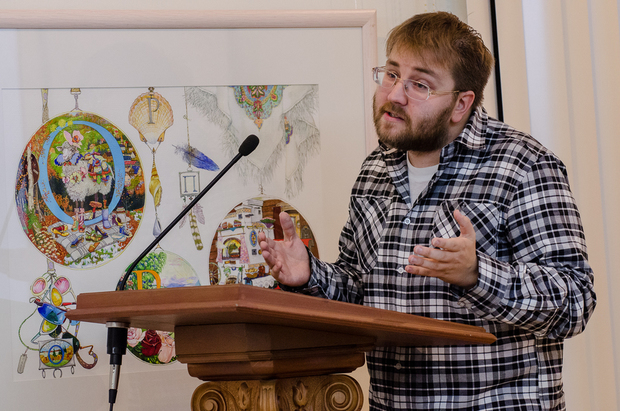
His return to Baghdad is unlikely. However, his notes ( Risala) survived by chance. And Zaki Validi found the documents of the traveller in the early 20th century.
'Ibn Fadlan's notes became popular in the early 21 st century,' Kuleshov noted. 'But there was no progress after the translation made by Kovalevsky. His notes were translated into 20 languages. We should move forward. A big celebration will be celebrated in 2022 in Kazan. It is a jubilee of the adoption of Islam by Volga Bolgaria. And the name of Ibn Fadlan will be in the centre of these events.'
How Arab traveller raised the status of the hillfort
An exceptional value of the Bolgarian historical and archaeological reserve was explained due to Ibn Fadlan's journey. As a result, the hillfort was included in the list of UNESCO World Heritage Sites.
But it was not an easy task, told the deputy rector of the Kazan Institute of Culture and the head of UNESCO Department Rafael Valeyev told. The 'Eurocentric' committee opposed it for a long time because of the reconstruction of Big Minaret and building of the Museum of Quran there. The opponents told the hillfort was not studied by archaeologists well – only 3% of the territory of the ancient city were explored.
'Bolgar was admitted to be a UNESCO World Heritage site. And Ibn Fadlan's book is one of its proofs. The territories of Spas District and Zakamye have been well-known thanks to him,' told the researcher.
Moreover, Ibn Fadlan described the commercial and monetary system of Volga Bolgaria. In turn, it disproved the presupposition that the Bolgarians did not use coins but used only coats of animals that had fur.
In general, according to Valeyev, two types of coins were used in the state: Sassanid, Khorezm, Kufi and European (from the late 10 th century). Kufi dirhams quickly spread in Bolgar. Kufi coin became a sort of American dollar – a universal currency for many countries of that period – by the middle of the 11th century.
In the scientist's opinion, Islam spread in Volga Bolgaria not only because of its official adoption but also an active trade of the Arabs. Nowadays over 1,000 coins have been found in Tatarstan. Names of many Bolgarian rulers (emirs) became known due to the money.
